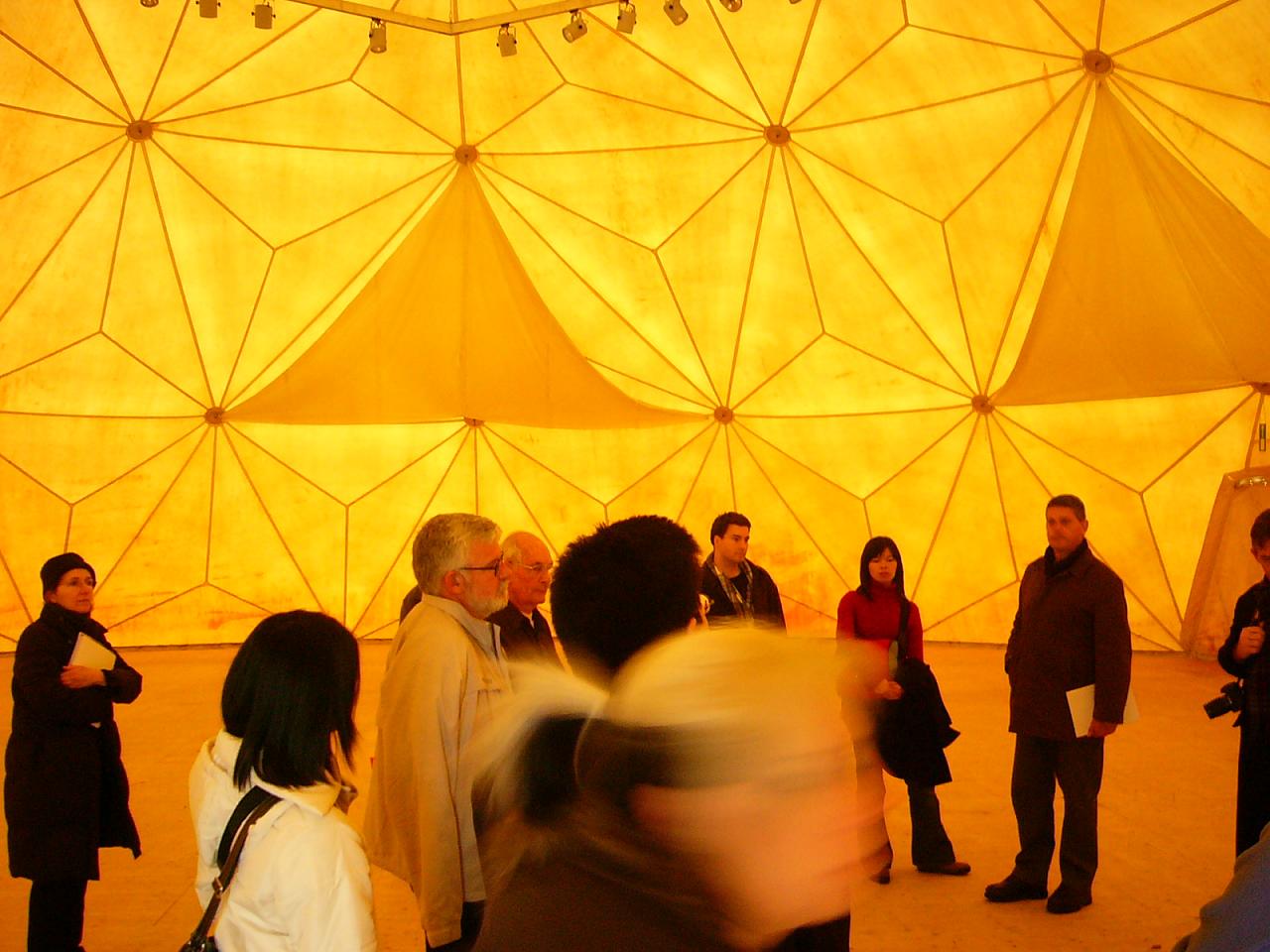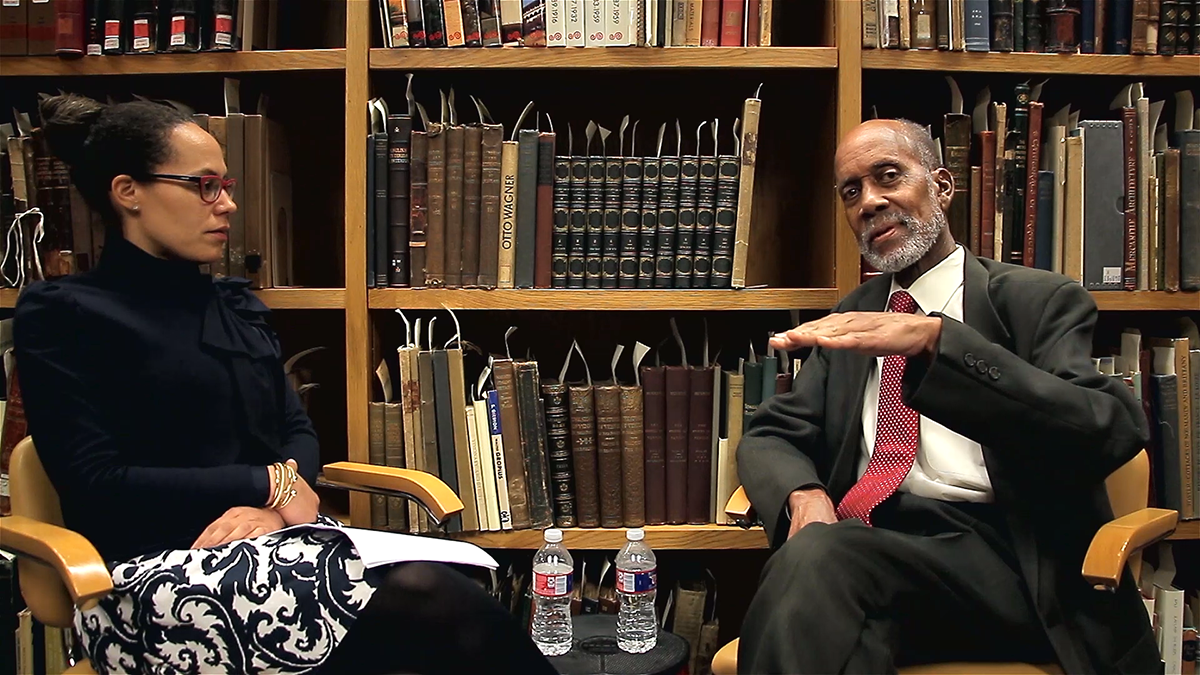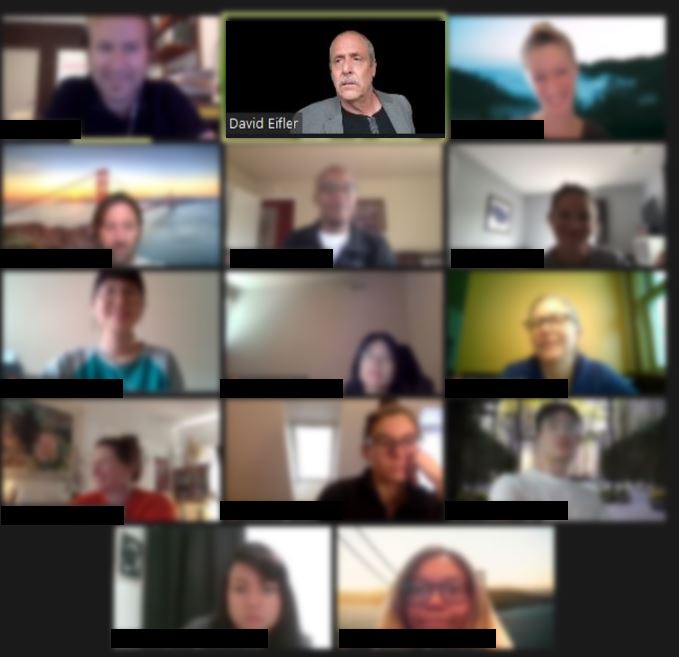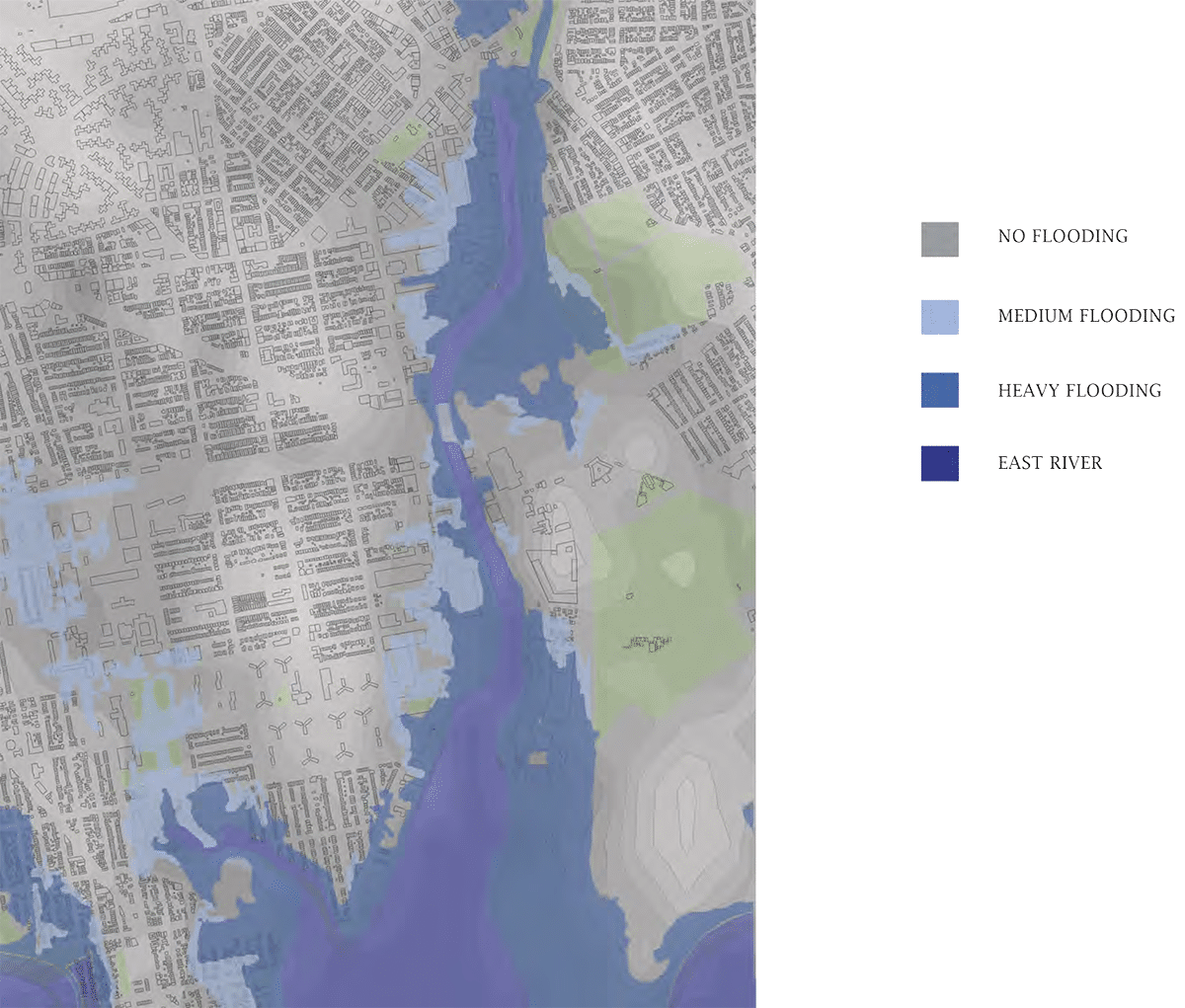Posts
They Stepped Up: Vendors During the Coronavirus
AASL Column, April 2020
Lucy Campbell and Barbara Opar, column editors
Column by Barbara Opar
It is a changed world out there. We in academia have had to adjust very quickly—faculty to preparing lectures with the resources on hand and then recording them online using newly prescribed software; librarians to dealing with reference queries that were once easy to answer in the print world but now with limited online content. And what about our students? They can no longer presume that they can consult older periodical issues or study structural systems on actual drawings. Many are unaware of what they cannot access. All of us have had to make quick adjustments to different resources and content.
But we have had support. Many vendors have stepped up and offered free content for the duration of the pandemic without the expectation of purchase. Examples are numerous and often surprising. By March 25, RedShelf and VitalSource opened access to hundreds of textbooks for free to faculty and staff at qualifying colleges and universities impacted by this crisis. Proquest is offering access to 150,000 titles. Sage Knowledge and Project Muse are on board as well as presses like Duke University and the University of Michigan. Brepolis and DeGruyter are among more commercial vendors expanding their access to nonsubscribers. Want to keep current with periodical literature? Then you can turn to Flipster or RBDigital. Streaming video content is being offered up by ArtFilms Digital, Kanopy, and Swank. The list goes on. Academic libraries with such access have often listed it right on their home pages. Your architecture librarians have taken this one step further and tailored this information for your own institution.
But there are two other important sources of content that I wish to bring to your attention. The first is Hathi Trust which was initially designed as a collaboration of the Big Ten Academic Alliance, the University of California system and the University of Virginia to establish a repository for archiving and sharing digital collections. Many other libraries have joined. As a repository, Hathi Trust contains both public domain as well as copyrighted material. By request, member libraries now have temporary digital access to over 50 percent of copyrighted print holdings. Libraries must meet standards such as no physical access to print collections and adhere to the Trust’s copyright guidelines. Check your libraries’ database menu. There are also ways to access some content as a guest at the organization’s site.
Everyone has also heard about the Internet Archive. But you may not know much about its latest initiative which some consider very controversial. The Internet Archive is a 501c 3 non-profit organization based in San Francisco and founded in 1996 by Brewster Kahle. To date, it has captured 20 petabytes of data. It partners with libraries to preserve and make accessible 20th-century resources in a broad array of topics and formats. The mission of its Open Library is “universal access to all knowledge”. In early March as the United States was beginning to understand the pandemic, the Internet Archive launched the National Emergency Library. Instead of controlling the number of copies of a title circulating at a time, the Library decided to remove limits. Traditionally, the number of copies available for circulation was based on the number of print copies in its own collection, and a waitlist was created for additional borrowers. That feature has been removed, allowing for unlimited access. The Internet Archive does not claim to include everything, but a quick search of the late Michael Sorkin’s writings shows some interesting content. One of two titles available here, but not commercially through any vendors, is the popular Variations on a Theme Park, making the Internet Archive another valuable source of online content. Initially well received and endorsed by a significant number of libraries including MIT, the Archive is now facing lawsuits and backlash from groups including the Authors Guild.
Life as we knew it has changed overnight. We are all proceeding as best as we can and making use of what is at hand and easily obtainable. What is certain is that each of these initiatives has helped in some way. Library suppliers have been offering deferred payments and cost reductions. The free albeit temporary content has made a tremendous difference in the past month and a half and will continue to do so as we all work to provide the services for which we are responsible.
Books of the Decade - AASL January Column
AASL Column, January 2020
Lucy Campbell and Barbara Opar, column editors
Column by Barbara Opar
Books of the Decade
The end of a decade is always cause for both reflection and evaluation. That includes books. In late December of 2019, CNN posted online what they considered the most influential books of the decade. The article began with the statement that “A decade is in part defined by its books. And recent days have seen many roundups of the best books of the 2010s — the titles that critics consider the pinnacle of literary excellence.” (https://www.cnn.com/2019/12/30/entertainment/decades-most-influential-books-trnd/index.html.)
Some of CNN’s list was not surprising but still provocative. Included was Fifty Shades of Grey. Influential—yes. Of literary excellence—maybe not! I must also admit that I have not read a few of the titles on their list. But that list served to make me wonder what architecture books would be considered the most influential of the past decade. And what defines influence? Do already known authors continue to receive accolades and recommendations? Certainly, Rem Koolhaas fits that criteria. I have included several of his books on my list and feel that those titles are indeed ones with which most of you would agree. How important are library circulation counts or Amazon best sellers in determining influence? Do faculty referrals or use in academic course reserves trump general circulation? Some books receive high use in libraries or are cited for a few years but then seem to fade. Influence can derive from a combination of factors including traditional academic tracking like citation counts and mentions on social media. We must also consider that one title might generate interest in a topic (Atlas of Brutalist Architecture or Archigram: the book) and, as such, lead to more titles and expanded research in an area. Ever notice how when one book comes out on a given topic more seem to follow.
Some of the specific titles below (Elements, Fundamentals, Project Japan) are ones that most everyone will agree have been influential. I presume, though, that not everyone will agree with all my choices. However, in considering the titles, I came to realize that certain topics stand out (net-zero or climate-related topics) or that certain publishers (DAMDI who published Program Diagrams) have made a substantial difference. When considering topics that generated a great deal of interest with respect to architecture during the course of the past decade, these came to mind: climate change, net-zero energy design, sustainability, building materials, the small house movement, modern architectural movements such as the Bauhaus, Brutalism, and metabolism. Some topics will always dominate the discipline such as architectural detailing (De-tail –kultur). Certain authors—Farshid Moussavi being one—have written works on architecture that have been and continue to be influential in teaching. The Function of Style—while not as popular here as her Function of Form or Function of Ornament- is nonetheless an important title. Jimenez’s book is a graphic novel—a highly original topic in architecture. Books on individual projects are not frequent, but when they appear such as The High Line they prove to be of great use. My last selection is a new edition of Complexity and Contradiction in Architecture, a title surely on everyone’s list of influential architecture books of the past century.
As we enter the next decade new Bauhaus books are being issued on its 100th anniversary. These, as well as topics yet to be envisioned, will make up the most influential books of the next decade.
But without further ado, here is my list of the most influential architecture books of 2010-2020.
The List:
BIG Bjarke Ingels Group. Hot to cold: An Odyssey of Architectural Adaptation. Köln: Taschen, 2015.
Chalk, Warren. Archigram: the book. London: Circa Press, 2018.
Hootman, Thomas. Net Zero Energy Design: A Guide for Commercial Architecture. Hoboken, N.J: John Wiley & Sons, 2013.
Koolhaas, Rem. Elements. Venice: Marsilio, 2014.
Koolhaas, Rem. Fundamentals: 14th International Architecture Exhibition. Venice: Marsilio, 2014.
Koolhaas, Rem. Project Japan: Metabolism Talks. Köln: TASCHEN GmbH, 2011.
Kumpusch, Christoph A. De-tail– kultur: if buildings had DNA : case studies of mutations: the complex behavior of collective detail, 10 lenses, 12+1 projects. Beijing: AADCU Program, 2016.
James Corner Field Operations. The High Line: Foreseen, Unforeseen. New York: Phaidon, 2015.
Lai, Jimenez. Citizens of no place: An Architectural Graphic Novel. New York: Princeton Architectural Press, 2012.
Lewis, Paul. Manual of Section. New York: Princeton Architectural Press, 2016.
Metaborizumu no mirai toshi = Metabolism, The City of the Future. Tōkyō: Shinkenchikusha, 2011.
Moussavi, Farshid. The Function of Style. New York: Actar, 2014.
Mostafavi, Mohsen. Ecological Urbanism. Baden, Switzerland: Lars Müller, 2010.
Pyo, Miyoung. Program Diagrams. Seoul: DAMDI, 2011.
Venturi, Robert. Robert Venturi’s Complexity and Contradiction at Fifty. New York: The Museum of Modern Art, 2019.
Your Architecture Holiday Gift Guide
AASL Column, December 2019
Lucy Campbell and Barbara Opar, column editors
Column by Barbara Opar
Your Architecture Holiday Gift Guide
Another year has come and gone. The good news is that for many, this is a time for you to gift others or enjoy something bought for you. For the past two years, the December AASL column has presented a list of notable architecture books. Based on your feedback, we are doing it once more. Here are this year’s selections:
Bernheimer, Lily. Shaping of Us: How Everyday Spaces Structure Our Lives, Behavior, and Well-Being. San Antonio, TX: Trinity University Press, 2019 ISBN:9781595348722. 336 Pages. $26.95
In an engaging work, Lily Bernheimer explores the interactions people have with the spaces around them.
Bradbury, Dominic. Atlas of Mid-Century Modern Houses. London: Phaidon Press, 2019. ISBN: 978-0714876740. 440 pages. $96.99
Midcentury modern is again in fashion. Bradbury’s book is a well-researched tome on the topic, spanning iconic and lesser-known examples.
Bradbury, Dominic. Off the Grid: Houses for Escape. London: Thames and Hudson, 2019. ISBN: 9780500021422. 272 pages. $45.00
Bradbury explores extreme architecture, including remote cabins in the North and seaside retreats. More than an escapist title, the book shows how architects are responding to sustainability and creating new and liberating ways of life.
Follett, Ken. Notre-Dame: A Short History of the Meaning of Cathedrals. New York: Viking, 2019. ISBN: 9781984880253. 80 pages. $11.90
Novelist Ken Follett’s personal account of witnessing Notre Dame in flames, followed by a brief history of this masterpiece.
Gropius, Walter, ed. Walter Gropius: International Architecture. Zurich: Lars Müller Publishers, 2019. ISBN: 9783037785843. 106 pages. $45.00
One of a number of important translations appearing in the 100th year anniversary of the Bauhaus.
Hall, Jane. Breaking Ground: Architecture by Women. London: Phaidon Press, 2019. ISBN: 978-0714879277. 224 pages. $41.57
Halls presents the reader with a stunning visual survey of 200 of the best buildings designed by women architects.
Hendrickson, Paul. Plagued by Fire: The Dreams and Furies of Frank Lloyd Wright. New York: Knopf, 2019. ISBN: 9780385353656. 624 pages. $31.50
Frank Lloyd Wright comes alive in a new biography that depicts a Wright haunted by some of the choices he made.
Hu, Ming. Net Zero Energy Building: Predicted and Unintended Consequences. New York: Routledge, 2019. ISBN: 9780815367802. 161 pages. $39.95 (paperback)
The author studies energy efficiency, energy impact and environment concerns in a thoughtful title important to those in both practice and teaching.
Lazrus, Paula Kay. Building the Italian Renaissance: Brunelleschi’s Dome and the Florence Cathedral. New York: Reacting Consortium Press, 2019. ISBN: 9781469653396. 92 pages. $30.00
Do you teach about the Italian Renaissance? This title serves as an interesting way for students to learn about the final stage in the completion of Brunelleschi’s masterpiece.
Oppenheim. Lair: Radical Homes and Hideouts of Movie Villains. Miami: Tra Publishing, 2019. ISBN: 978-1732297869. 290 pages. $75.00
Want to check out something fun this holiday? Then this book is for you. It covers 15 unique houses from movies including Northwest by Northwest.
Roberts, Sam. A History of New York in 27 Buildings: The 400-Year Untold Story of an American Metropolis. London: Bloomsbury Publishing, 2019. ISBN: 9781620409800. 304 pages. $28.00
Sam Roberts of the New York Times discusses 27 of the most iconic New York City buildings.
Satow, Julie. The Plaza: The Secret Life of America’s Most Famous Hotel. New York: Twelve, 2019. ISBN: 9781455566679. 358 pages. $29.00
A behind-the-scenes look at an iconic building, this book shows how for many The Plaza serves as a concrete example of power and prestige.
Williams, Austin. New Chinese Architecture: Twenty Women Building the Future. London: Thames & Hudson, 2019. ISBN: 9780500343388. 256 pages. $45.00
Fifty key projects across China by both established and emerging women architects illustrate the changing landscape of Chinese architecture.
Zamora, Francesc. 150 Best Tiny Space Ideas. NYC, NY: Harper Design, 2019 ISBN13: 978-0062909220. 480 pages. $29.99
Innovative examples of dwellings under 450 square feet are unveiled in this well-illustrated work.
And lastly, for those feeling rich or who have a really supportive relative, you might want to consider these titles:
Bambach, Carmen C. Leonardo da Vinci Rediscovered. New Haven: Yale University Press, 2019. ISBN: 9780300191950. 2200 pages $382.28
On the 500th anniversary of the artist’s death, Carmen Bambach presents a new interpretation of the life, work, and legacy of Leonard da Vinci.
Chattopadhyay, Swati. The Routledge Companion to Critical Approaches to Contemporary Architecture. New York: Routledge, 2019. ISBN: 9781138917569. 488 pages. $194.70
Current architectural thought is discussed by thirty-six contributors who present a range of the different themes and views that impact architecture today.
Singha, Sumita, ed. Women in Architecture. New York: Routledge, 2019. ISBN: 9781138832930. 1,436 pages. $1390.00
Advertised as presenting a holistic, non-Eurocentric view of women in architecture, this is a major new reference work in the field of architecture.

 Study Architecture
Study Architecture  ProPEL
ProPEL 








